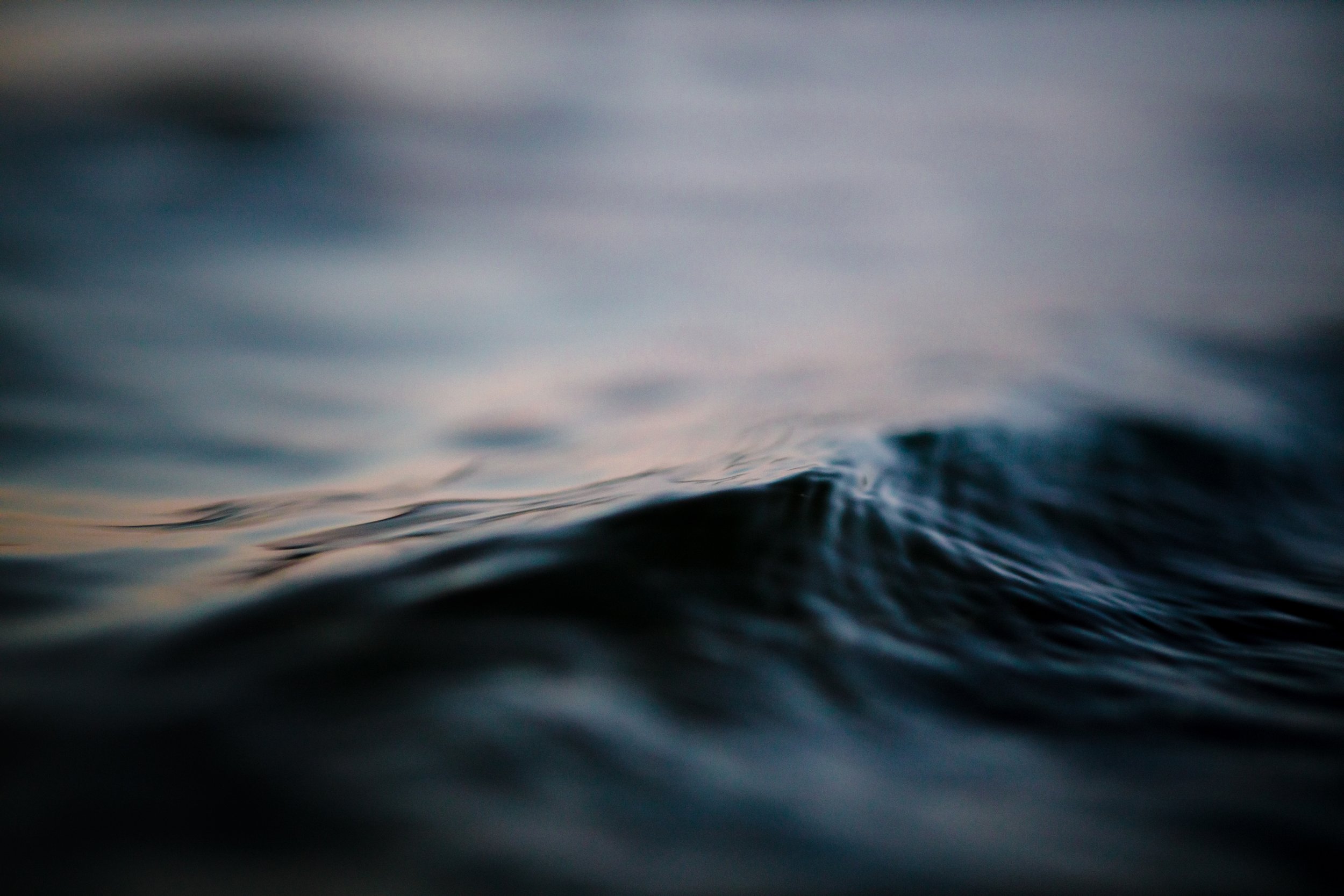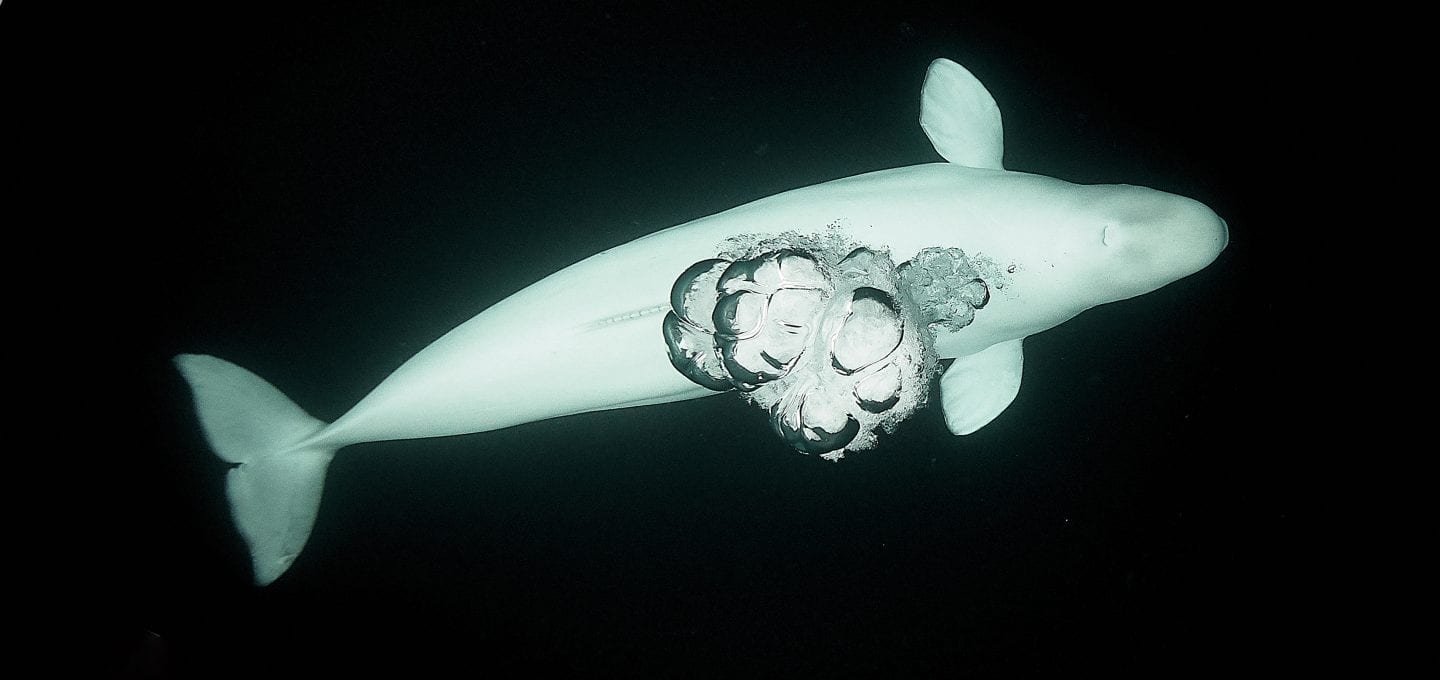
We are passionate
about partnering with families in helping their child gain confidence in developing a strong voice.
Katiana Wiens is the Principal Speech-Language Pathologist and Owner, Beluga Speech Services.
Katiana has a Master of Health Science in Speech-Language Pathology from the University of Toronto. She has experience in assessment and intervention of pediatric and adult clients with various communication difficulties in a range of settings – including private and public schools, daycare programs, rehabilitation centres, assistive technology access clinics, hospitals, client home visits and private practices.
With an Honours degree in Child and Youth Studies, and an established prior career as a teacher, Katiana is skilled in managing a child’s communication difficulties in relation to the school environment, and in parent education.
She is passionate about partnering with families in helping their child gain confidence in developing a strong voice.
Why Beluga?
Beluga Speech Services gets its name because beluga whales have such fascinating communication behaviors! Check out these interesting facts about the ways belugas “talk” and “play”:
Beluga whales are extremely vocal. They are widely known for their diverse and frequent vocalizations and have been nicknamed “sea canaries.” These sounds are used for echolocation and for communication with other individuals. Originating in the air sacs of the head, these vocalizations sound like a variety of whistles, squeals, chirps and clicks. It is even possible to hear these sounds above water or through the hull of a boat!
Besides vocalizations, belugas can communicate through facial expressions and physical contact. They are one of the only two species of cetaceans who can make funny faces, rounding their lips as they produce certain sounds.
Belugas in a pod are very sociable and often chase each other as if they are playing, and they often rub against each other. There have been reports of beluga whales copying and imitating one another, like a game of Simon-Says. Belugas have also been seen displaying physical affection, via mouth-to-mouth contact.
Beluga whales have been spotted playing with objects they find in the water. In the wild, they do this with wood, plants, dead fish and bubbles they have created.
Beluga whales make friends, just like humans. Unlike other types of cetaceans, belugas spend time with others outside their family groups. They also form communities similar to human societies with social networks, support structures, cooperation and even cultures.
Most mammals migrate using environmental cues (day/night, chemicals, magnetism, etc.). But what makes the beluga migrations especially interesting is that they are based on social learning from mothers to children. That is the basis of culture. Just like us humans, young belugas need to spend many years learning their culture. Very young whales may not yet know their way around any more than a two-year-old human could walk herself from home to the store and back.
Learn more about Beluga Whales







